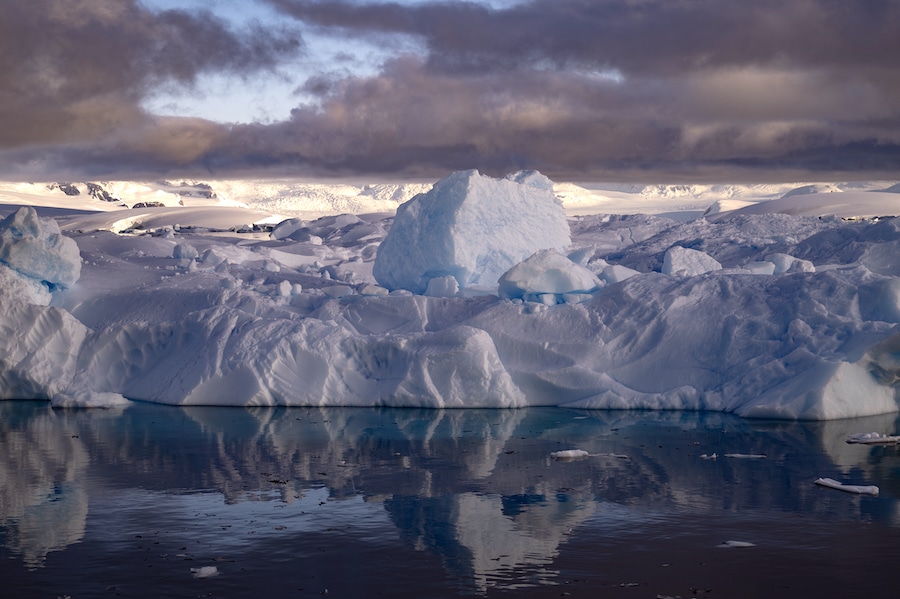This post was originally published on Eco Watch
For a second consecutive year, sea ice around Antarctica is nearing a record low for the winter season.
Scientists at the Australian Antarctic Program Partnership (AAPP) announced that the Antarctic sea ice coverage has reached a new low point for winter, even surpassing the levels of 2023, which were the lowest since satellite records began.
“In 2023, the winter extreme was outside everybody’s expectations — not just due to its sheer magnitude, but because it’s the wrong time of year. In winter the ocean should be freezing,” scientist Will Hobbs explained in a statement. “While the summer sea ice of 2024 was largely within the ‘normal’ variability, this winter we’ve again seen chaotic fluctuations similar to last year, now producing the lowest winter extreme on record.”
The scientists determined that warming ocean temperatures are to blame, but they are still determining whether this level of warming in the short-term is “just a blip” or can be confirmed as a result of climate change, Hobbs said.
“We know that the past two years have been the warmest on record for the planet, with global temperatures more than 1.5°C above pre-industrial for extended periods,” Hobbs said. “This global warmth is now reflected in the oceans around the Antarctic, and is likely a major factor in continuing record low sea ice.”
As The Guardian reported, the ice coverage in the Southern Ocean reached 17 million square kilometers over the weekend. In 2023, the winter ice coverage reached 17.1 million square kilometers, compared to a long-term average of 18.4 million square kilometers for this time of year.
However, the Antarctic winter season is not yet over, as it ranges from March to October, and scientists are concerned about whether the ice will increase before the end of the season.
“While it’s still too early to say whether winter sea ice has reached its maximum this year, it’s startling that the extent has dropped so low again — almost like the sea ice is being dissuaded from growing!” said Phil Reid, climate analyst at the Bureau of Meteorology, a partner of AAPP.
Earlier this year, NASA reported that Antarctic sea ice coverage was reaching record lows for the third year in a row, revealing longer term changes to the Southern Ocean. According to NASA, summer 2024 sea ice in the Antarctic dipped to a low of 1.99 million square kilometers on Feb. 20, 2024, about 30% lower than the average end-of-summer ice coverage from 1981 to 2010.
Now, scientists are working to deepen their understandings of how the decrease in sea ice and changes in ocean temperatures can also impact weather and climate.
“For example, recent studies suggest that reduced sea-ice extent may lead to an increase in occurrence and duration of summer-time wet extremes over Australia, and, conversely, longer periods of dry days during winter,” Reid explained.
“It is a gap in the knowledge of our sea-ice environment that we need to fill, because our polar environments are changing rapidly,” said Reid continued.
The post Antarctic Sea Ice Nears Record Low for Winter appeared first on EcoWatch.





0 Comments